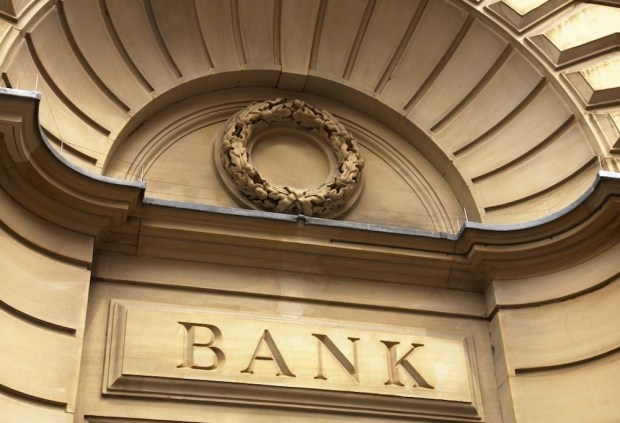Just In Time For Spring, Startup Banks Are Starting To Sprout

After a long period in the deep freeze, startup banks are showing some early signs of life in the U.S. economy. According to reports, eight separate groups have filed applications with the FDIC to open new banks. That is the largest number of new bank applications in a single year since regulators began clamping down on banking startups in the wake of the Great Recession.
Now, pushed by a deregulatory wave in Washington led by ascendant Republicans and an improving economy, banking startups are edging back into the economy — slowly. Eight is a big pick-up over the almost none since they days of the recession and recovery, but a far cry from the hundreds of new banking applications the FDIC received annually before the crisis.
But the regulatory roll-back is certainly underway — last week President Trump signed a series of executive orders designed to roll-back and unwind provisions of the 2010 Dodd-Frank Act — and having an effect on sentiment in the market.
“We believe that hopefully the new administration will bring some relief to the regulations that have come down the last eight to nine years,” said David Dotherow, the founder and chief executive for the proposed Winter Park National Bank in Central Florida.
Mr. Dotherow has helped open several community banks in the past, but had been out of the market for a few years before deciding to apply to open another bank in December because the FDIC recently allowed startups to provide a three year business plan. Seven years has become standard since the crisis.
“It tells me they’re serious about groups starting a new bank,” Mr. Dotherow said of the business plan change.
FDIC officials have recently been more receptive to the idea that the regulations — combined with a low interest rate environment — have had a deflating effect on smaller banks and startups. There were roughly 5,100 commercial banks by the third quarter of last year compared with more than 9,700 in early 1996, according to data from the Federal Reserve Bank of St. Louis.
“New bank formation is critical for our economy,” said Cam Fine, president and chief executive of the Independent Community Bankers of America.
Critical or not, it has been in decline. In 2005 there were 299 applications for new banks — 237 of which were approved for deposit insurance. This year there are eight — and that represents good news. Three of those banks are in California, with the remainder spread between Texas, Florida, Georgia and Tennessee.
In the fourth quarter of last year, the FDIC approved two new banks: Blue Gate Bank in Costa Mesa, Calif., and International Bank of Commerce, which was connected to an existing branch acquisition in Oklahoma City.
“It was definitely a challenge” to open the bank, said Molly Gallaher Flater, founder of Blue Gate Bank, which opened its doors in January after an eight-month application process. “By late August, I had doubts — and we spent almost $1 million to get it going.”
An FDIC spokeswoman said it plans to do additional outreach meetings in Dallas, Chicago and Kansas City this year.
“Our goal is to increase transparency about the application approval process and resources available to assist potential organizers,” FDIC Chairman Martin Gruenberg noted.
